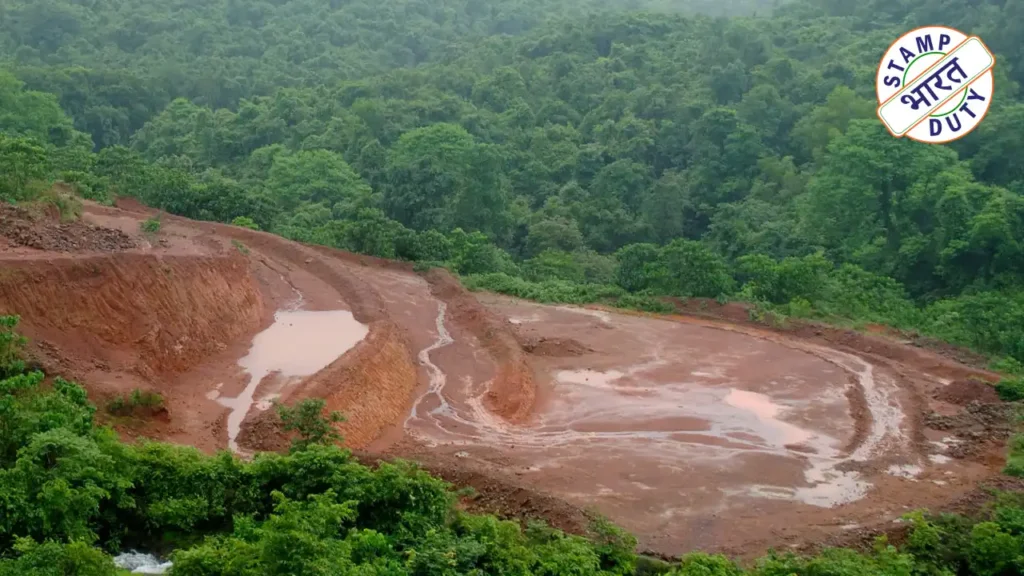Learn about the Goa government’s decision to reduce stamp duty for mining lease deeds by 60% following representations from mining companies, aiming to boost the mining sector.
Stamp Duty Reduction for Mining Deeds
In response to appeals from mining companies, the Goa government has announced a significant reduction of 60% in stamp duty for mining lease deeds. This decision, aimed at fostering a conducive environment for the mining sector, comes amidst efforts to streamline regulatory frameworks and attract investments. The reduction in stamp duty is poised to alleviate financial burdens on mining companies, enhancing their operational viability and stimulating growth in the sector.
Implementation via Indian Stamp (Goa Amendment) Ordinance, 2024
To enact this measure, the state government will introduce the Indian Stamp (Goa Amendment) Ordinance, 2024, formalizing the revised stamp duty rates applicable to mining lease deeds. This legislative initiative underscores the government’s commitment to facilitating ease of doing business and promoting economic development, particularly in sectors vital to the state’s economic landscape.
Calculation Methodology and Rationale
Under the existing framework delineated in the Indian Stamp (Goa Amendment) Act, stamp duty for mining lease deeds is determined based on the environmental clearance (EC) quantity multiplied by the lease period. However, with the forthcoming ordinance, this methodology will undergo revision. The stamp duty rates will now be computed by multiplying the EC quantity by six, followed by multiplication with the lease period. This recalibration aims to rationalize stamp duty structures, aligning them more closely with industry dynamics and economic imperatives.
Impact of Regulatory Changes on Mining Sector
The revision in stamp duty rates marks a pivotal development in Goa’s mining landscape, signaling the government’s responsiveness to industry feedback and evolving market conditions. By reducing financial burdens associated with mining lease deeds, the government seeks to enhance the sector’s competitiveness, encourage investment inflows, and spur sustainable growth. Moreover, the move is poised to bolster Goa’s standing as a conducive destination for mining activities, fostering job creation, revenue generation, and socioeconomic progress.
Revenue Implications and Economic Considerations
While the reduction in stamp duty will result in diminished revenue from this particular source, the government anticipates compensatory gains through other avenues, notably auction premiums and upfront payments under the Mineral (Auction) Rules, 2015. These revenue streams, coupled with the broader economic benefits stemming from a revitalized mining sector, are expected to mitigate any short-term fiscal implications, positioning Goa for long-term prosperity and resilience.
Continued Government Support for Mining Sector
The Goa government’s proactive stance in revising stamp duty rates underscores its commitment to supporting the mining sector’s resurgence and fostering an environment conducive to sustainable development. Moving forward, stakeholders anticipate further policy interventions and initiatives aimed at unlocking the full potential of the mining industry, driving inclusive growth, and enhancing Goa’s economic vibrancy on the regional and national fronts.
Now You Can Follow Our Channel On WhatsApp!

